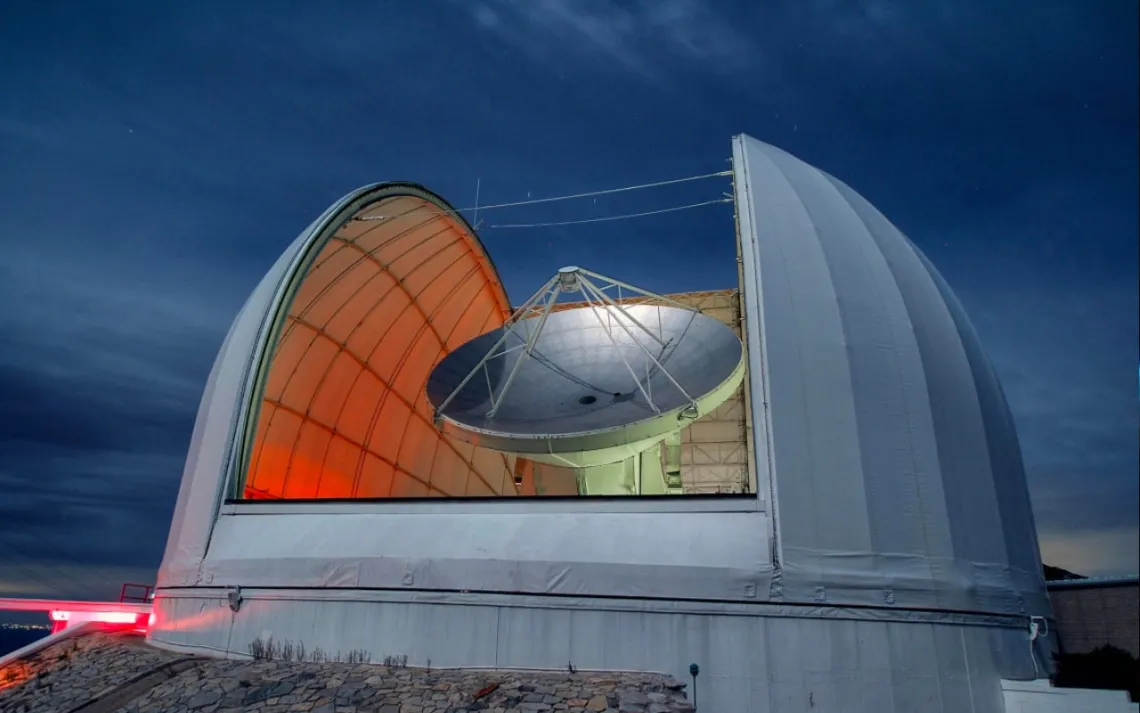The Case of the Missing Phosphorus: Astronomers Find Life Ingredient at Galaxy’s Edges

University doctoral students used two radio telescopes, including the Arizona Radio Observatory 12-meter radio telescope on Kitt Peak, to make the discovery.
Tom Folkers/Steward Observatory
Astronomers at the University of Arizona have discovered excephosphorus, a critical ingredient for life as we know it, in an unexpected location: the outskirts of the Milky Way galaxy. According to conventional wisdom, the element is produced by fusion processes inside very massive stars, which are not believed to exist in the outer reaches of the Milky Way.
Other, less heavy elements necessary for life, such as carbon, oxygen and nitrogen, can form in lower-mass stars, which are much more abundant. When those stars reach the end of their life, they release those elements relatively calmly into the interstellar medium.
"But to make phosphorus, you need some kind of violent event," explained Lucy Ziurys, Regents Professor of chemistry and biochemistry and astronomy and astronomer at Steward Observatory. "It is thought that phosphorus is created in supernova explosions, and for that, you need a star that has at least 20 times the mass of the sun."
When a star goes supernova, it spills its innards into the surrounding space, including the elements that formed the building blocks for life in our solar system.
"In other words, if you're going to have life, you better be near a supernova, if that's indeed the only source where phosphorus is created," Ziurys said.
The study, published in Nature, calls into question the conventional wisdom that nature's only way of producing phosphorus is through supernova explosions.
